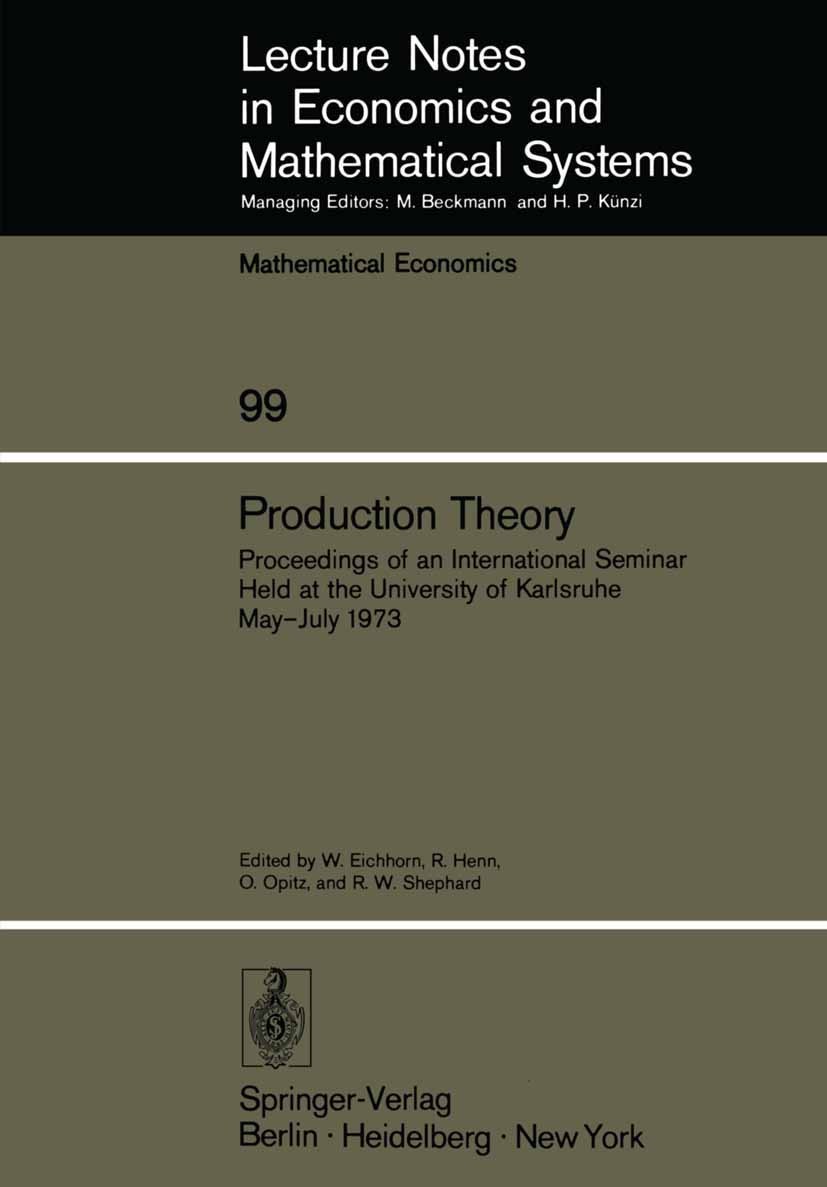| 书目名称 | Production Theory |
| 副标题 | Proceedings of an In |
| 编辑 | Wolfgang Eichhorn,Rudolf Henn,Ronald W. Shephard |
| 视频video | http://file.papertrans.cn/760/759263/759263.mp4 |
| 丛书名称 | Lecture Notes in Economics and Mathematical Systems |
| 图书封面 |  |
| 出版日期 | Conference proceedings 1974 |
| 关键词 | duality; growth; information; information system; life cycle; production; sweden; university; value-at-risk |
| 版次 | 1 |
| doi | https://doi.org/10.1007/978-3-642-80864-7 |
| isbn_softcover | 978-3-540-06890-7 |
| isbn_ebook | 978-3-642-80864-7Series ISSN 0075-8442 Series E-ISSN 2196-9957 |
| issn_series | 0075-8442 |
| copyright | Springer-Verlag Berlin · Heidelberg 1974 |
 |Archiver|手机版|小黑屋|
派博传思国际
( 京公网安备110108008328)
GMT+8, 2025-11-22 08:09
|Archiver|手机版|小黑屋|
派博传思国际
( 京公网安备110108008328)
GMT+8, 2025-11-22 08:09


